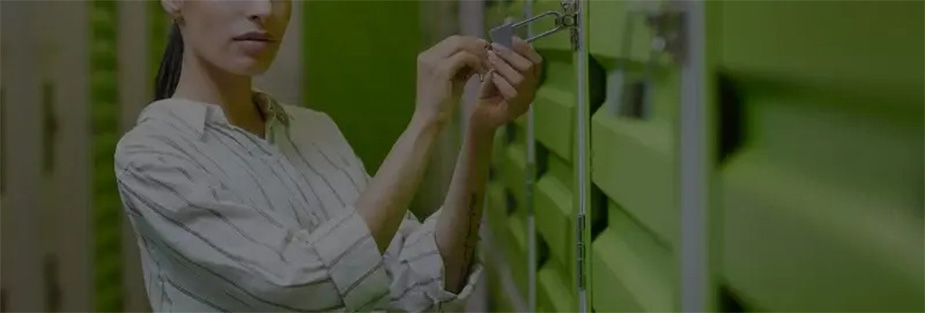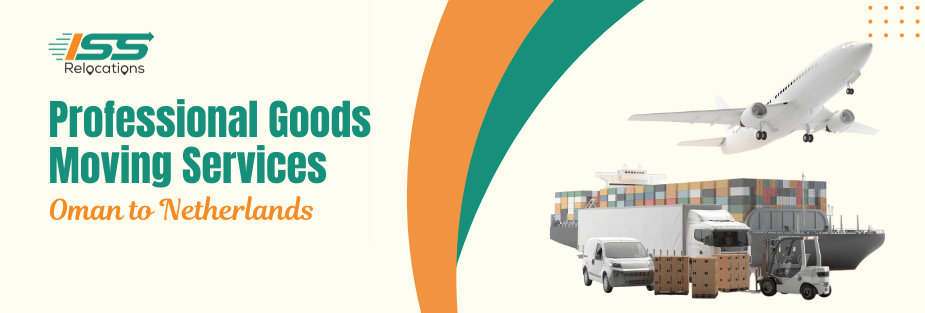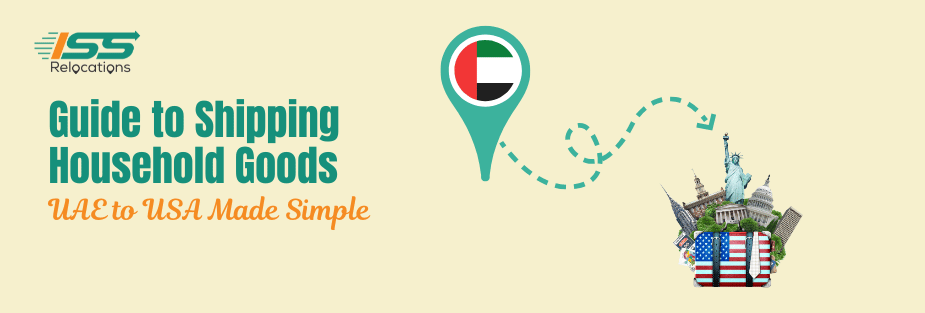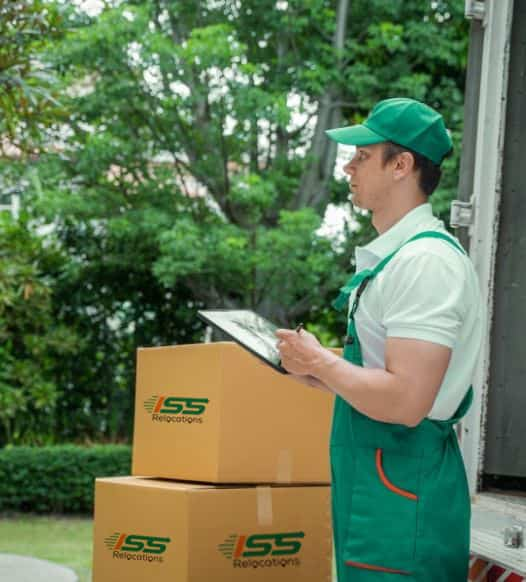
How to access your storage: Understanding facility access policies
Facility access policies refer to the set of rules and regulations that govern access to a facility or storage unit. These policies determine who has access to the facility, when and how they can access your storage, and what they can do while inside. They are put in place to ensure the safety and security of the stored items, as well as the facility itself.
Understanding facility access policies is crucial for anyone who has stored items in a facility. By understanding these policies, individuals can ensure that they are following the rules and regulations of the facility and avoid any potential problems or penalties. Additionally, understanding these policies can help individuals plan ahead and prepare for accessing their storage.
The purpose of this blog is to provide a comprehensive guide on how to access your stored items while understanding facility access policies. The blog will cover the definition and types of facility access policies, how to access stored items, understanding facility access policies, factors to consider when accessing stored items, and challenges of accessing storage items.
What are Facility Access Policies?
Facility access policies are a set of rules and regulations that govern how individuals can access a facility and its storage units. These policies are put in place to ensure the safety and security of the stored items and the facility itself. Facility access policies typically cover a wide range of topics, including access hours, identification requirements, security measures, and insurance requirements.
There are several types of facility access policies, including:
- General Access Policies: These policies apply to all individuals who access the facility, regardless of the purpose of their visit. They typically cover topics such as access hours, identification requirements, and security measures.
- Business Access Policies: These policies apply specifically to business customers who use the facility for commercial purposes. They may include additional requirements, such as proof of business ownership or liability insurance.
- Residential Access Policies: These policies apply specifically to residential customers who use the facility for personal storage. They may include additional requirements, such as proof of residency or renter’s insurance.
Some common examples of facility access policies include –
- Access Hours: Storage facilities may have specific hours during which customers can access their storage units. These hours may be restricted to certain days of the week or times of day.
- Identification Requirements: Storage facilities may require customers to provide identification, such as a government-issued ID or a driver’s license, before accessing their storage units.
- Security Measures: Storage facilities may have security measures in place to prevent theft, such as security cameras, alarms, or security guards.
- Insurance Requirements: Storage facilities may require customers to have insurance coverage for their stored items. This insurance can be provided by the customer’s homeowner’s or renter’s insurance policy or purchased through the storage facility.
Overall, facility access policies help to ensure that the storage facility operates safely and efficiently while protecting the stored items of customers. Understanding these policies and following the rules and regulations can help to ensure a positive experience when accessing your stored items.
How to Access Your Stored Items
When accessing your stored items, it’s important to be prepared and understand the facility’s policies to ensure a smooth and hassle-free experience. Here are some additional details to keep in mind:
A. Contact the facility manager
Before you go to the facility, make sure to contact the facility manager to confirm their hours of operation and access policies. This will help you avoid any surprises or delays when you arrive. Additionally, the facility manager can provide you with any additional information you may need before accessing your stored items.
B. Review the facility access policies
Take the time to review the facility access policies before accessing your stored items. The facility access policies may outline the types of items that can be stored, what types of locks are allowed, how to access your storage unit, and the facility’s security measures. Understanding these policies will help you avoid any misunderstandings or mistakes when accessing your stored items.
C. Determine the required identification
Most facilities require identification before allowing access to storage units. You will need to provide some form of government-issued identification, such as a driver’s license or passport, to verify your identity. Be sure to check the facility access policies to see what forms of identification are required.
D. Follow the facility rules and regulations
When you arrive at the facility, be sure to follow the rules and regulations outlined in the facility access policies. Some facilities may require you to wear appropriate clothing or footwear, while others may prohibit smoking or using open flames on the premises. Make sure to read and understand these rules before accessing your stored items.
E. Prepare for potential security checks
Some facilities may require security checks before allowing access to storage units. This may include a visual inspection of your vehicle or a search of your personal belongings. Be prepared for these checks and follow any instructions provided by the facility staff.
In summary, accessing your stored items is a relatively simple process, as long as you follow the facility’s policies and procedures. Contacting the facility manager, reviewing the access policies, preparing the required identification, following the facility rules and regulations, and being prepared for potential security checks are all important steps to ensure a smooth and hassle-free experience. By taking the time to understand and follow these guidelines, you can access your stored items with confidence and ease.
Understanding Facility Access Policies
A. Purpose of Facility Access Policies
Facility access policies are put in place to ensure the safety and security of the stored items and the facility itself. They help to prevent theft, damage, or other security breaches. The policies also provide guidelines for accessing your stored items and help to ensure that all tenants are treated fairly and equally.
B. Key Elements of Facility Access Policies
Facility access policies typically include several key elements, such as:
- Hours of operation: This outlines the facility’s hours of operation, including when it is open to the public and when access is restricted.
- Identification requirements: This outlines the types of identification that are required to access the facility and the storage units.
- Security measures: This outlines the security measures that the facility has in place to protect the stored items, such as surveillance cameras, security alarms, or security guards.
- Rules and regulations: This outlines the rules and regulations that tenants must follow when accessing their stored items, such as wearing appropriate clothing or footwear or not smoking on the premises.
- Payment policies: This outlines the facility’s payment policies, including when rent is due, what types of payment are accepted, and what happens if a tenant falls behind on their rent.
C. Explanation of Security Measures
Security measures are an important component of facility access policies. They help to protect the stored items from theft or damage and ensure the safety of all tenants and staff. Some common security measures include:
- Surveillance cameras: These cameras are strategically placed throughout the facility to monitor activity and deter criminal behaviour.
- Security alarms: These alarms are designed to alert facility staff and authorities in the event of a break-in or security breach.
- Access control systems: These systems use key cards or other access devices to control who can enter the facility and the storage units.
- Security personnel: Some facilities may have security personnel on-site to monitor activity and provide an additional level of protection.
D. Explanation of Insurance Requirements
Facility access policies may also include insurance requirements for stored items. While the facility may have insurance to cover damage or loss caused by natural disasters or other events, it may not cover damage or loss caused by tenant negligence or other factors. In these cases, tenants may be required to purchase their own insurance to protect their stored items. The facility may also require tenants to provide proof of insurance before accessing their stored items.
In conclusion, understanding facility access policies is crucial when accessing your stored items. By understanding the purpose of the policies, the key elements they contain, and the security measures and insurance requirements in place, you can access your stored items safely and with confidence. Be sure to review the facility access policies carefully and follow all rules and regulations to ensure a smooth and hassle-free experience.
Factors to Consider When Accessing Storage Items
When accessing your stored items in a storage facility, there are several factors you should consider to ensure a smooth and successful retrieval process. Here are some of the key factors to keep in mind:
A. Consider the time of day when you plan to access your stored items. Most facilities have specific hours of operation, and some may have limited access during certain times of the day. Plan accordingly to avoid any inconveniences and delays.
B. Think about how often you will need to access your stored items. Some facilities may have restrictions on the number of times you can access your unit per day or week, while others may allow unlimited access. If you anticipate needing frequent access, look for a facility that offers flexible access options.
C. Before accessing your stored items, consider their condition. If your items are fragile or susceptible to damage, take extra care when retrieving them to avoid any accidents or mishaps. It is also important to ensure that the unit itself is in good condition, free of leaks, pests, or any other potential hazards.
D. Safety should always be a top priority when accessing your stored items. Make sure you wear appropriate clothing and footwear, and use proper lifting techniques when handling heavy items. If you are accessing your unit in the evening or at night, bring a flashlight or other sources of light to ensure adequate visibility.
By considering these factors, you can help ensure a successful and hassle-free retrieval of your stored items.
Challenges of Accessing Stored Items
Accessing stored items can present several challenges that can impact your ability to retrieve your belongings effectively. Here are some common challenges that you may encounter and some tips to overcome them:
A. Many storage facilities have restricted access times, which may not be convenient for you. Some facilities may only allow access during regular business hours, while others may be open 24/7. Before selecting a storage facility, make sure their hours of operation work for your schedule. If you need to access your items outside of regular business hours, look for a facility that offers extended access hours or 24-hour access.
B. To protect the safety and security of the facility and the items stored within, many storage facilities have security measures in place, including security cameras, gated access, and on-site security personnel. While these measures help to keep your items safe, they can also create additional challenges when accessing your stored items. For example, you may need to go through a security checkpoint or provide identification before you can access your unit. To avoid delays, make sure you have the required identification and be prepared to go through any necessary security checks.
C. One of the biggest challenges when accessing stored items is finding what you need. If your stored items are not properly labelled or documented, it can be difficult to locate specific items when you need them. Before storing your items, make sure they are labelled clearly and accurately, and keep a detailed inventory of everything that you store. If you are storing items for an extended period, it is also a good idea to check on them periodically to ensure they are still in good condition and to update your inventory as necessary.
D. While storage facilities take steps to protect your belongings, there is always a risk of damage or loss. To minimize this risk, choose a storage facility with a good reputation and look for one that offers insurance options. Before storing your items, take pictures of them and make a list of any damages or pre-existing conditions. This documentation will help you file a claim if anything happens to your stored items.
By being aware of these common challenges and taking steps to address them, you can help ensure a successful and stress-free experience when accessing your stored items.
Conclusion
In summary, accessing your stored items requires understanding and following the facility access policies. These policies are put in place to ensure the safety and security of your stored items and the facility itself. Some key points to keep in mind include:
- Contacting the facility manager before accessing your stored items
- Reviewing the facility access policies and determining the required identification
- Following the facility rules and regulations, and preparing for potential security checks
- Considering factors Being aware of common challenges, such as restricted access times, security checks,
Understanding facility access policies is crucial for accessing your stored items safely and efficiently. It helps you avoid potential security breaches, reduce the risk of damage or loss of stored items, and ensure compliance with facility rules and regulations.
- Saving time and money by not having to purchase new items
- Helping you prepare for a move or renovation
Before accessing your stored items, it is important to understand the facility access policies. Be sure to contact the facility manager, review the policies, and follow the rules and regulations to ensure a safe and efficient experience. By doing so, you can enjoy the benefits of accessing your stored items while minimizing the risks and challenges.
Plan Stress-free Move with Top Moving Company in UAE - ISS Relocations

Frequently Asked Questions
Will moving companies deliver to storage units?
Yes, ISS Relocations provides storage solutions where movers can deliver belongings directly to a secure storage unit. Whether you need short-term or long-term storage, our professional team ensures your items are safely transported and stored until you need them.
What is storage in a moving company?
Storage in a moving company refers to the secure facility where clients can store belongings before, during, or after a move. ISS Relocations offers climate-controlled and monitored storage options, ensuring your items are safe until you’re ready for delivery.
What is the meaning of moving and storage services?
Moving and storage services include the transportation of belongings along with short-term or long-term storage solutions. ISS Relocations offers comprehensive relocation services, ensuring a smooth move with flexible storage options tailored to your needs.
How much do movers cost in Dubai?
The cost of movers in Dubai depends on the size of the move, distance, and additional services like packing and storage. ISS Relocations provides competitive pricing with premium moving and storage solutions for individuals and businesses relocating to or within Dubai.
Do you tip movers in Dubai?
Tipping movers in Dubai is not mandatory but is appreciated for exceptional service. If satisfied with the relocation, a tip of 5-10% of the total moving cost is common. ISS Relocations guarantees professional and efficient moving services, making your experience stress-free.
How much storage do I need for a house move?
The required storage space depends on the size of your home and the number of belongings. ISS Relocations offers a variety of storage unit sizes, ensuring your furniture, appliances, and valuables are securely stored during your move.
What are the storage solutions while moving?
ISS Relocations offers flexible storage solutions, including temporary, long-term, and climate-controlled storage for sensitive items. Whether you need space for household goods, business inventory, or vehicles, we provide secure and accessible storage facilities.
Moving Company - Recent Blog
Stay informed and prepared for your next move with our latest blogs on moving services in the UAE. From expert packing tips to international relocation guides, ISS Relocations brings you up-to-date insights to make your moving experience smoother, safer, and stress-free.










